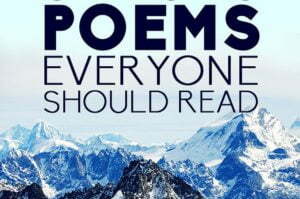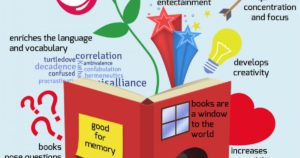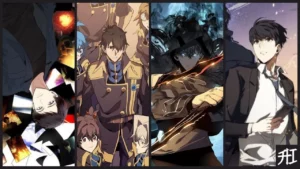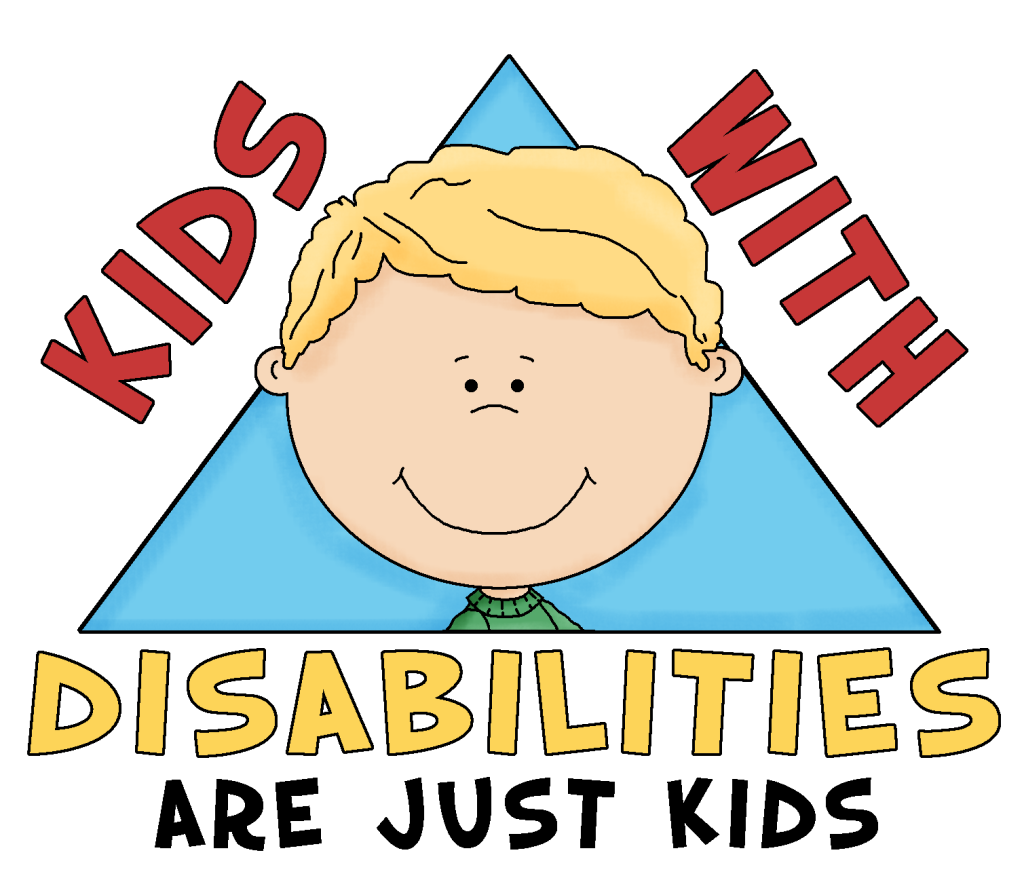Incorporating a diverse range of characters is one of the best ways to create a captivating fictional book. You’ve probably seen some cliche characters in every literary scenario, from the super-strong hero to the devoted timid servant.
But does every story have these characters? Is it important to include all kinds of characters? What exactly is their role?
We are here to answer all these questions, and break down the anatomy of characters you will traditionally find in a fictional book.

Types of Characters
Protagonist
The Protagonist, also known as an agonist, is the lead character of the story around which the whole plot revolves.
It is a misconception that the protagonist is always the hero of the story. 90% of the time we observe the protagonists are good characters yet they can be virtuous or evil or neutral.
We can further classify protagonists into –
Hero
When we say the word ‘hero’, it is the classic character that comes to our mind. The lead character is lauded for their dauntlessness, idealism, ethics, and achievements.
Example – Harry Potter, Batman, Moana, etc.
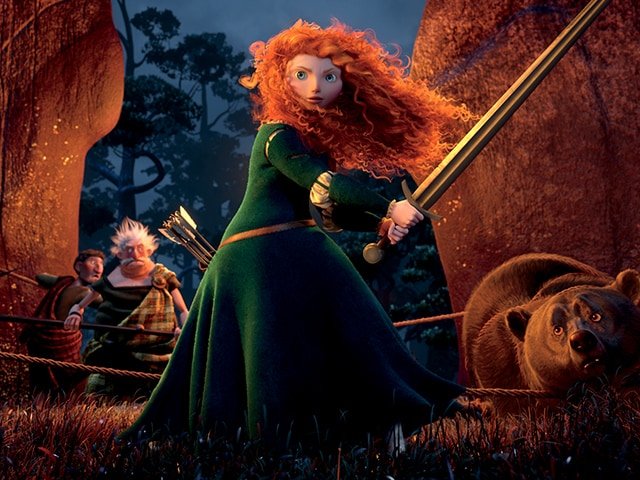
Anti-Hero
It is not the villain. Anti-hero refers to the protagonist who lacks the traditional heroic qualities of courage, strength, etc. They don’t have any evil intentions but do commit unethical acts.
Example – Deadpool, Severus Snape
Villain Protagonist
As mentioned earlier, the protagonist can be evil. So they are villains, and more or less the story revolves around them. You can consider it as the plot from the point of view of the villain.
Example – Maleficent from the movie Maleficent, Megamind
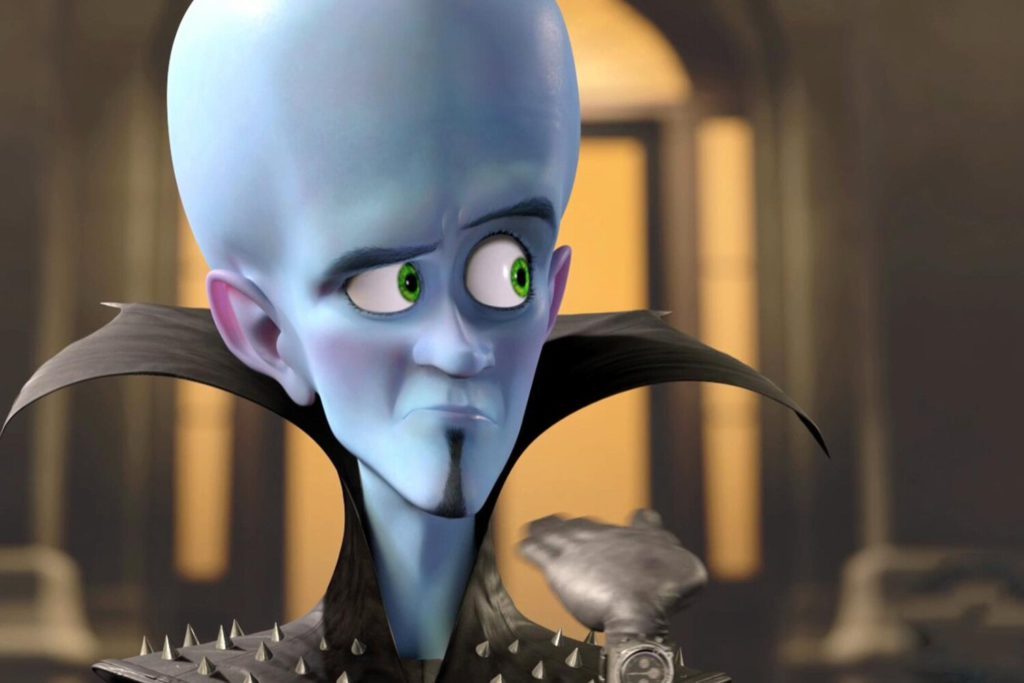
Antagonist
The antagonist is anti-agonist or anti-protagonist. The antagonist is the opposing force for the protagonist. It causes obstacles and creates challenges that keep the plot moving.
Just like the protagonist, the antagonist can be evil or good, although it is observed that antagonists are most of the times evil. They are the classic villains of the plots.
The protagonist and the antagonist are complementary to each other.
Example – Lord Voldermort from Harry Potter, Darth Vader from Star Wars
It is not essential that the antagonist is a physical character, it is an opposing ‘force’. Therefore, if you are watching a movie that depicts catastrophic incidents or reading such a book, then the antagonist in such a realm would be a wave of the tsunami or a volcanic eruption. In the Jurassic Park series, the antagonist is the giant T-rex.
If you change the point of views, it won’t take longer to comprehend and interchangeably see antagonist as the protagonist.

For example, if we take the story of Sleeping Beauty, when told from the POV of Princess Aurora, she is the protagonist, the evil witch Maleficent is the antagonist.
Whereas, when the story is retold from the POV of Maleficent, she is the protagonist and the Kingdom is the antagonist.
Deuteragonist
In easy terms, they are the sidekicks of the protagonist. You can consider them as the secondary protagonists as they are seen just as close to the protagonists, and are usually their companions.
Although they are ‘secondary’, they are just as important as the protagonists.
Example- Ron and Hermione from Harry Potter, Hiro’s friends in Big Hero 6
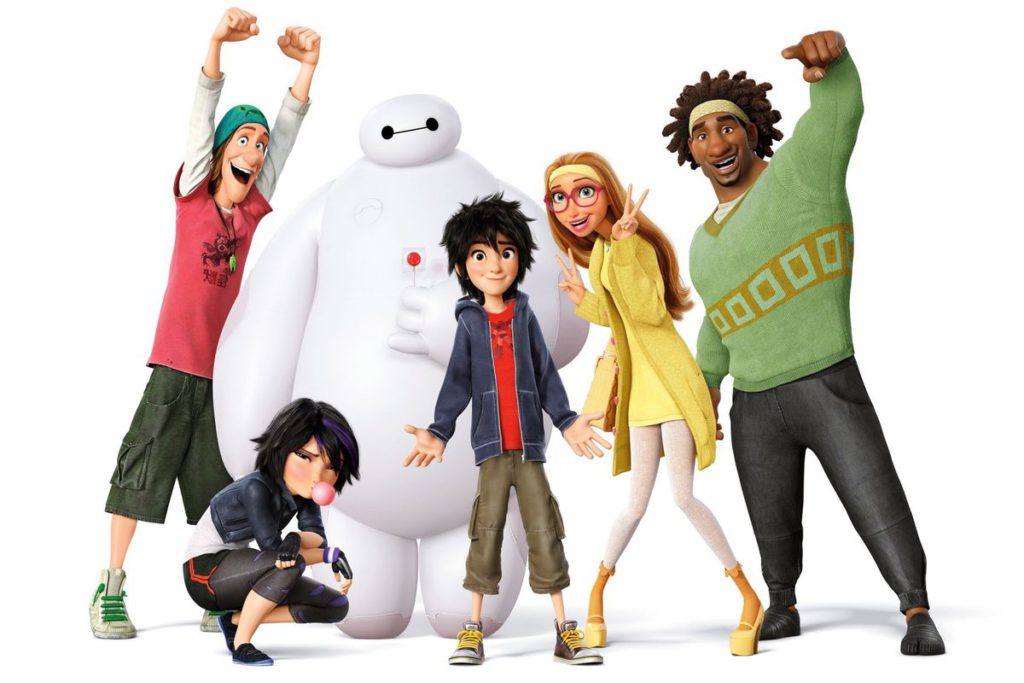
Foil Character
Foil characters stand out in terms of opposing beliefs and fundamentals of the protagonist. They are not necessarily evil but are sometimes highly unlikeable as they contrast the protagonist.
The indifference between both the foil character and the protagonists helps highlight some of the protagonist’s qualities.
Example – Draco Malfoy from Harry Potter
Two opposite characters, both of which can be the protagonists, can also be considered as foils.
Example – Woody and Buzz from Toy Story
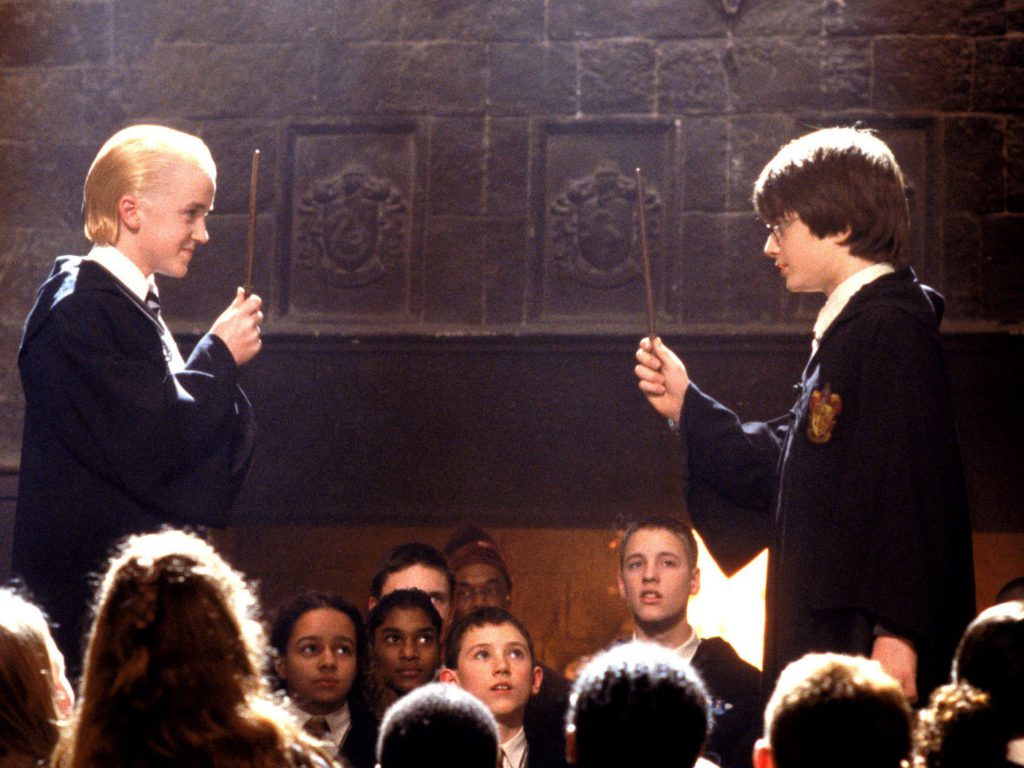
Tertiary Characters
The side characters are seen only for a few minutes or a few lines. Usually, they don’t contribute to the plot but sometimes play a key role.
For example, in an adventure story, we come across a particular character who might drop a hint, and then we never see them again throughout the whole story.
Examples- Mr. Ray in Finding Nemo
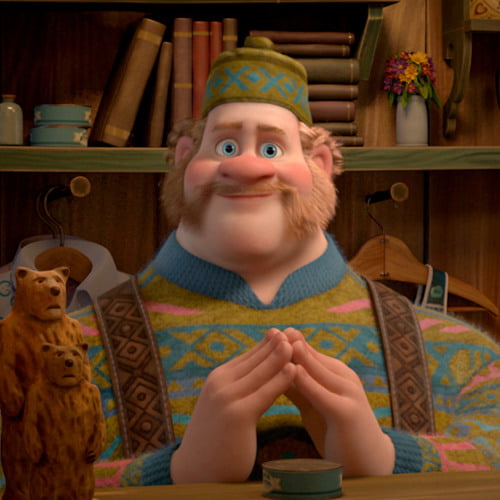
Some Other Character Types We Encounter –
Love Interest – usually one of the leading characters in a romantic plot, but could be part of any genre.
Eg: Beauty and the Beast
The Confidant – Acts as a mentor, and characters usually confide in him
Eg: Dumbledore from Harry Potter, Qui-Gon from Star Wars
Based on Character Development
Interestingly, it can be inferred that the character development of these characters can be dynamic or static. Let us learn a little more about it.
Dynamic Characters
As the name suggests ‘dynamic’ which means constantly changing or progressing, the personality traits of these characters alter throughout the plot.
The characters don’t always undergo a positive evolution, they may devolve too. They can go from weak to strong, good to evil, and vice versa.
It is traditionally the protagonist who displays a notable character development, however, anyone from the plot can evolve or devolve.
Example- Anakin Skywalker from Star Wars, Megamind from Megamind
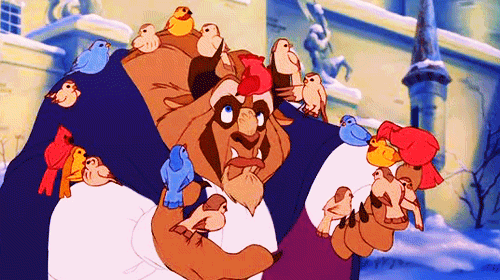
Static Characters
Contrary to the dynamic characters, these characters don’t change. If they are good, they remain good. If they are evil, they remain evil. We can see uniform personalities in the foil characters.
But we do observe a special case of static protagonist i.e. Sherlock Holmes.
Example – Cinderella’s evil sisters, Harry Potter’s aunt and uncle.
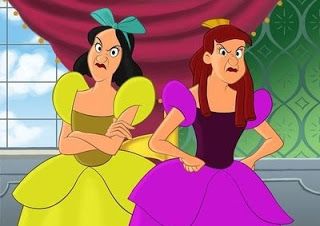
Archetypes vs Stock Characters
There are two other characterization terms that are often confused — Archetypes and Stock characters. They both represent a specific set of familiar, cliche, and relatable traits.
There is lesser scope for predictability as archetypes act as an umbrella for broader classification. They lead important roles in the plot and are dynamic.
Examples -The orphaned child, the sage, the rebel, etc.
These characters have certain inbuilt traits, yet their narratives can take any turn in the near story.
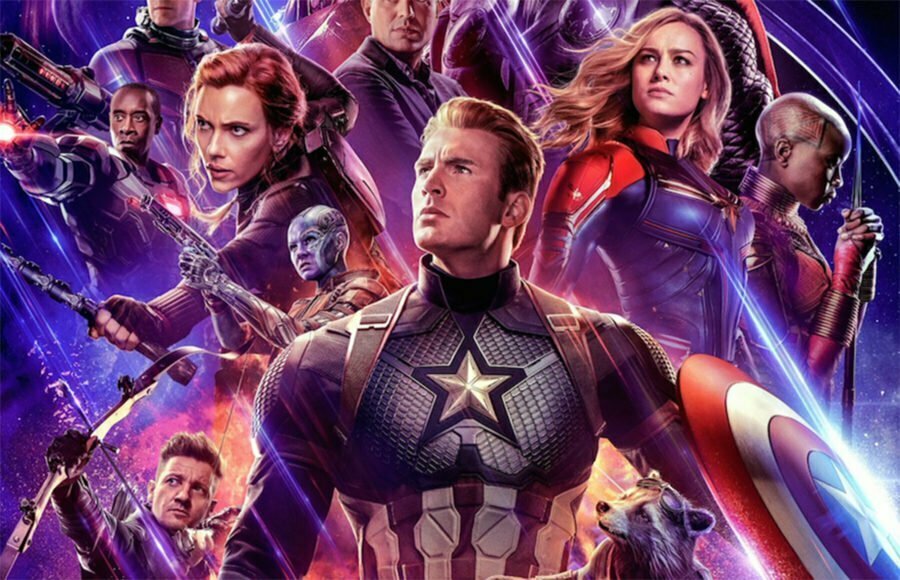
Whereas, stock characters are more predictable, specified, and stereotypical. They are a part of the secondary or tertiary characters and are static.
Examples – The evil twin, the shy nerd, the mean girl, etc.
Their personality remains static throughout the whole plot, and their predictability makes the story boring.
Want to Learn More About Writing?
It can be quite difficult to pen-down your thoughts and ideas in an engaging style. Writing is a skill that is honed with knowledge and practice.
Knowledge of writing styles, formatting, literary devices, characters, genres, etc. is essential to create a compelling article or story. And the more you write, the better you grasp the skills.
From reading books to writing and publishing them, all the tips and tricks are simplified by the Podium Blog. Check out the Creative Writing Blog to nourish the inner writer in you.
And when you get exhausted from writing, pick a book from this catalog and start reading. From Lewis Carroll to J.K.Rowling, we have a list for everything.
Share with your friends

